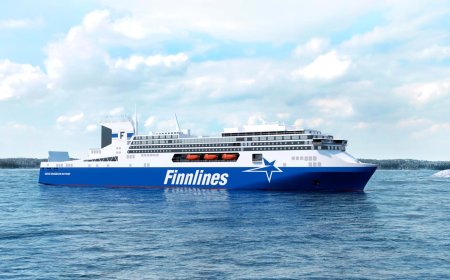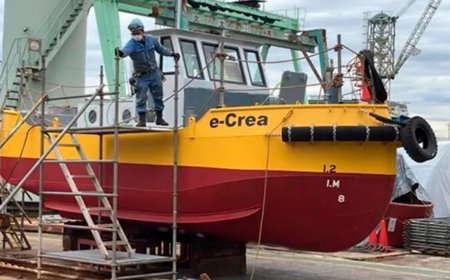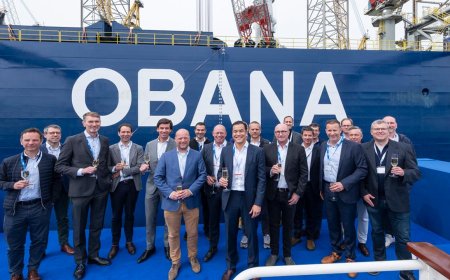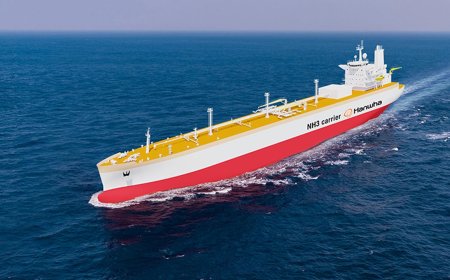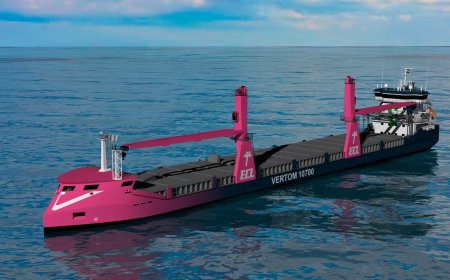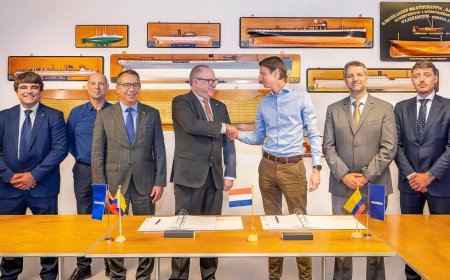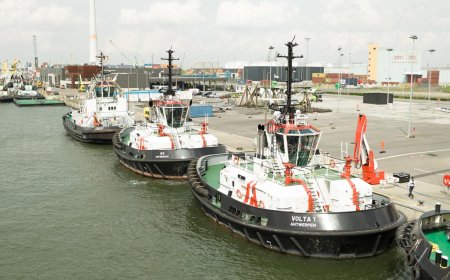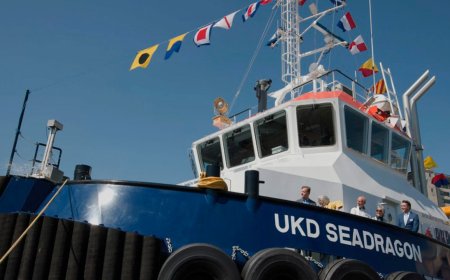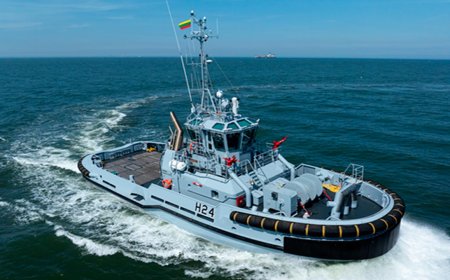PAV starts work on the new passenger terminal project in València
In the next few days, the project for the refurbishment of the site of the old shipyard of the Port of València will be published with a tender budget of around 900,000 euros.
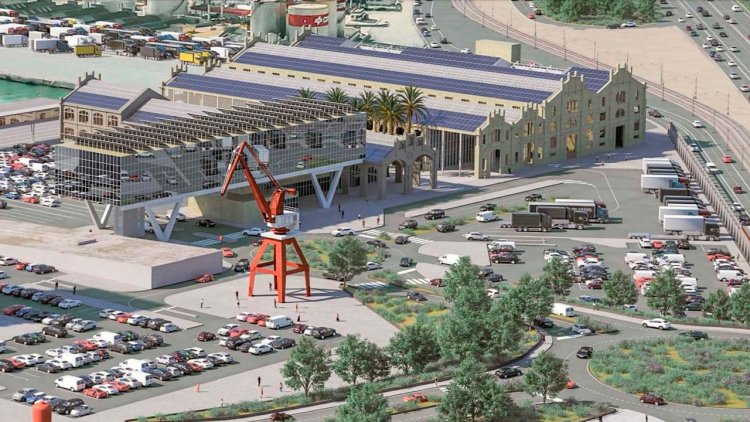
It will also contemplate the recovery of reusable materials to be sold for an estimated value of more than 400,000 euros.
The new public passenger terminal will be a model infrastructure in terms of the environment, sustainability, accessibility and intelligence, at the service of the city.
According to the PAV project, which included contributions from the València city council, the passenger station will operate with zero polluting emissions and will be committed to the circular economy.
The new public passenger terminal begins to take its first steps with the start of the awarding procedure for the works for the “refurbishment of the site of the old shipyard of the Port of Valencia” that the Port Authority of Valencia (APV) will publish in the next few days with a tender budget of around 900,000 euros. This project includes the demolition of some of the warehouses and other buildings on the site and the ramp of the north slipway, as well as the dismantling of all the equipment and installations, and the prefabrication installations for the steel blocks. This procedure also includes the disposal of reusable materials, such as tiles or metal parts, for sale with an estimated value of more than 400,000 euros.
The project for the new passenger terminal, which will be located between the Muelle de Poniente and the Muelle Perfecto Palacio in the area previously occupied by the Unión Naval de Valencia shipyard, will occupy an area of approximately 100,000 square metres. The design of this infrastructure will maintain the four elements of the old shipyard catalogued by the Demetrio Ribes Chair of Industrial Archaeology of the University of Valencia as pieces of historical and artistic value. Specifically, these are the water tank, the shipbuilding slipway, two cranes and sub-ship A of building III. It will be a historic and emblematic building of maritime València that will continue to serve the city and the citizens – more than a hundred years after its construction – now with the most modern environmental technologies.
As stated in the refurbishment project, the demolition of building 2 (Tilling workshop) of 6,326 m2, building 4 (Prefabrication workshop) of 2,591 m2, and two smaller buildings for industrial, administrative and sanitary use of 129 m2 and 293 m2, respectively, will be carried out. The procedure also envisages the dismantling of the steel block prefabrication facilities. The project also envisages the disposal of reusable goods from the steel block manufacturing area, metal materials present in the rest of the building and the tiles forming the roof.
The new passenger terminal is intended to serve cruise traffic, regular lines with the Balearic Islands and Algeria, as well as ro-ro traffic (platforms or vehicles that access the ships by their own means). This infrastructure, which has the bid submitted by the shipping company Baleària, guarantees that 100% of the electrical energy necessary for the operation of the terminal will be produced in the facilities themselves, and will be of renewable origin. According to the project presented to the PAV tender, which included the contributions of the València City Council in environmental matters, the passenger station will operate with zero polluting emissions and will be committed to the circular economy. In this sense, all berths will be equipped with an electrical supply network for docked ships, thus making it easier to stop the engines and their emissions when they are visiting València; and all the roofs and ceilings of the existing buildings will be designed for the installation of photovoltaic solar panels.
The terminal will recycle 100% of the waste it generates in a biomethane plant that will be built expressly for this purpose; and it will treat waste from the ships and the building itself to obtain biogas. The interior design of the station will guarantee the independent operation of cruise passengers and passengers on regular lines. Other new features of the project include the planned development of an Innovation and Eco-efficiency Centre and a space for cultural activities. The project presented by the shipping company also contemplates a training centre of the Baleària Business School (EdEB) with an offer in different areas of the maritime sector and especially aimed at the Nazareth neighbourhood, within an action plan to involve the main actors and interest groups.
